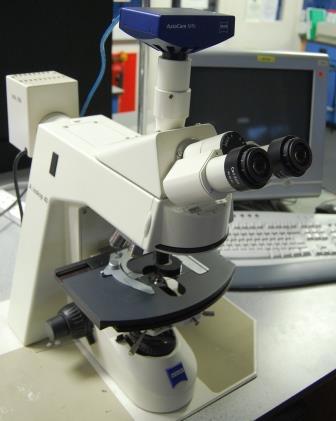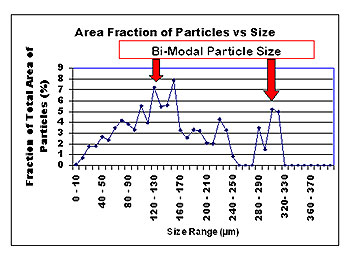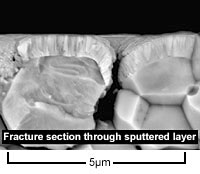Optical Microscopy and Image Analysis
Optical Microscopy 
Optical microscopy allows small features of a sample to be analysed in detail. LPD Lab Services routinely uses its range of microscopes for initial examination and characterisation to plan the next steps for work or to confirm customer’s observations prior to proceeding to more detailed investigations by other laboratory techniques such as SEM/EDX or reverse engineering.

The laboratory’s microscopes and experienced microscopists can acquire images in transmission or reflection with a range of lighting conditions designed to highlight the areas of interest. High depth of field microscopes can be used to inspect the assembly of different sub-components and higher magnification microscopes can be used for polished cross-sections for example where the sample is flat.

Examples of work carried out using Optical Microscopy;
- Cross-sectional examination
- Analysis of structural parts or sub-components
- Metallurgical polished sections
- Analysis of dust samples
- Particle counting in creams
- Porosity measurement
- Corrosion deposits and blistering
- Paint delamination investigations
- Wound dressing analysis.
- Paint, Adhesive, Sealant and Gasket Filler Fingerprinting
- Debris, particles, fibres and contaminant analysis in food and beverages
Image Analysis
Image analysis covers a range of techniques to gather quantitative analysis or measurements from images using sophisticated software. LPD Lab Services uses image analysis on images or photographs taken by either optical microscopy or SEM using secondary electrons or backscattered electrons. In both cases the key to effective image analysis is generating sufficient contrast to highlight the features of interest.
 Examples of information available by Image Analysis:-
Examples of information available by Image Analysis:-
- Grain sizes
- Particle sizes and size distributions
- Particle counting
- Pore size in porous materials
- Coating and layer thickness measurements
- Fibre diameters and fibre lengths in composite materials
- Aspect ratios of features
- Shape factors
- Volume fractions of fillers or fibres.


